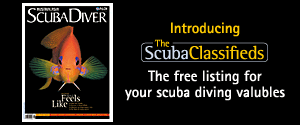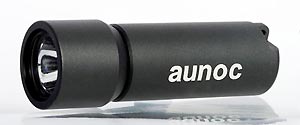- Home
- Directory
- Shop
- Underwater Cameras - Photographic Accessories
- Smartphone Housings
- Sea Scooters
- Hookah Dive Systems
- Underwater Metal Detectors
- Dive Gear
- Dive Accessories
- Diving DVD & Blu-Ray Discs
- Diving Books
- Underwater Drones
- Drones
- Subscriptions - Magazines
- Protective Cases
- Corrective Lenses
- Dive Wear
- Underwater Membership
- Assistive Technology - NDIS
- On Sale
- Underwater Gift Cards
- Underwater Art
- Power Stations
- Underwater Bargain Bin
- Brands
- 10bar
- AOI
- AquaTech
- AxisGo
- Backscatter Underwater Video and Photo
- BLU3
- Cayago
- Chasing
- Cinebags
- Digipower
- DJI
- Dyron
- Edge Smart Drive
- Eneloop
- Energizer
- Exotech Innovations
- Fantasea
- Fotocore
- Garmin
- Geneinno
- GoPro
- Hagul
- Hydro Sapiens
- Hydrotac
- Ikelite
- Indigo Industries
- Inon
- Insta360
- Intova
- Isotta Housings
- Jobe
- JOBY
- Kraken Sports
- LEFEET
- Mirage Dive
- Nautica Seascooters
- Nautilus Lifeline
- NautiSmart
- Nitecore
- Nokta Makro
- Oceanic
- Olympus
- OM System
- Orca Torch
- Paralenz
- PowerDive
- QYSEA
- Scubajet
- Scubalamp
- Sea & Sea
- SeaDoo Seascooter
- SeaLife
- Seavu
- Shark Shield
- Sherwood Scuba
- Spare Air
- StickTite
- Sublue
- Suunto
- SwellPro
- T-HOUSING
- Tusa
- U.N Photographics
- Venture Heat
- XTAR
- Yamaha Seascooter
- Youcan Robot
White's Seahorse
Contributed by Scuba Diver Australasia
Story and Photo by David Harasti
 The White's Seahorse (Hippocampus whitei) is a shy species that belongs
to the syngnathidae family that includes pipefish, seahorses and seadragons.
The scientific genus for seahorses is 'Hippocampus' which also means 'horse
sea-monster' in Greek. This species is endemic to the waters of New South Wales, Australia; endemic meaning that it is only known from this area. It
can be found from Sydney to Port Stephens and is common on the protective shark
mesh nets and pylons within Sydney Harbour.
The White's Seahorse (Hippocampus whitei) is a shy species that belongs
to the syngnathidae family that includes pipefish, seahorses and seadragons.
The scientific genus for seahorses is 'Hippocampus' which also means 'horse
sea-monster' in Greek. This species is endemic to the waters of New South Wales, Australia; endemic meaning that it is only known from this area. It
can be found from Sydney to Port Stephens and is common on the protective shark
mesh nets and pylons within Sydney Harbour.
The White's Seahorse has an elongate bony body and long snout that it uses to suck up small prey such as mysids. They swim slowly upright in the water, or wrap their tails around objects such as seagrass fronds or sponges to hold them in place for feeding or for stabilisation during turbulent water conditions such as storms.
Did you know that the seahorse is considered the slowest moving fish species in the ocean?!
The White's Seahorse uses camouflage to blend in with their surroundings before using an ambush predatory feeding behaviour on small crustaceans. Their colouration varies considerably and generally matches the colour of the plant or sponge that it is living on. The White's Seahorse is also known to be very territorial, there is a pair in the Port Stephens Aquatic Reserve that have been living on the same sponge for over two years.
The reproductive strategy shared by seahorses is unique in that the female deposits
eggs in the male's body for incubation and the male then gives birth. The male
Whites Seahorse carries eggs in pouch-like openings or beneath their tails and
only the males care for the young. In seahorses, pregnancy lasts about two weeks
to one month, the length decreasing with increasing temperature. At the end
of gestation the male goes into labour (usually at night), pumping and thrusting
for hours to release his brood. Young are miniature adult seahorses, independent
from birth, and receive no further parental care. Newborns of most species measure
between 7 and 12 mm. Most males give birth to around 100 - 200 babies.
The White's Seahorse has just become a protected species in NSW waters. As of
July 2004 all species of the families 'Sygnathidae', 'Solenostomidae' and 'Pegasidae'
have been listed as 'protected' under the NSW Fisheries Management Act 1994.
It is now an offence to collect or harvest any seahorse, seadragon, pipefish,
pipehorse, ghostpipefish or seamoths species in NSW waters without a permit.
It is illegal to catch and keep or possess syngnathiformes, (or any other protected
species in NSW) without a permit or licence, and heavy penalties apply. For
corporations, these penalties can include fines of up to $55,000 while in other
cases they can include fines of up to $11,000 and up to 3 months in prison.
David Harasti's website: www.daveharasti.com
This article was originally published in Scubadiver Australasia
Shopfront
-
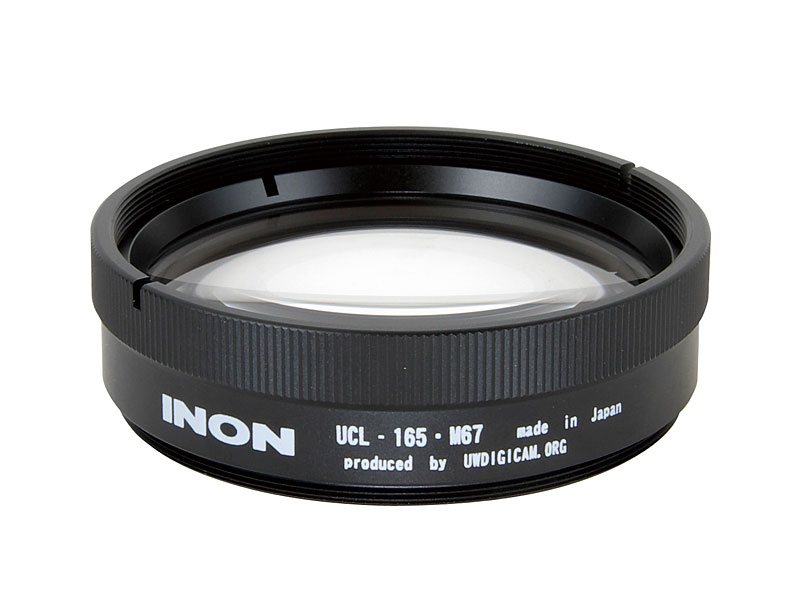 Inon UCL-165 M67 Underwater Close-up Macro Lens +6
Inon UCL-165 M67 Underwater Close-up Macro Lens +6
- Price A$ 249.00
-
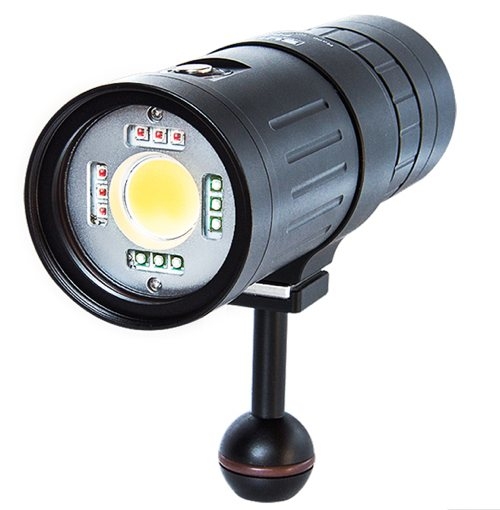 Scubalamp P53 LED Video/Photo Strobe Light - 5000 lumens
Scubalamp P53 LED Video/Photo Strobe Light - 5000 lumens
- Price A$ 699.00
-
 Kraken Sports KR-S80 Strobe
Kraken Sports KR-S80 Strobe
- Price A$ 889.00
-
 AOI UH-EM10IV Underwater Housing for Olympus EM-10 IV
AOI UH-EM10IV Underwater Housing for Olympus EM-10 IV
- Price A$ 1,189.00
-
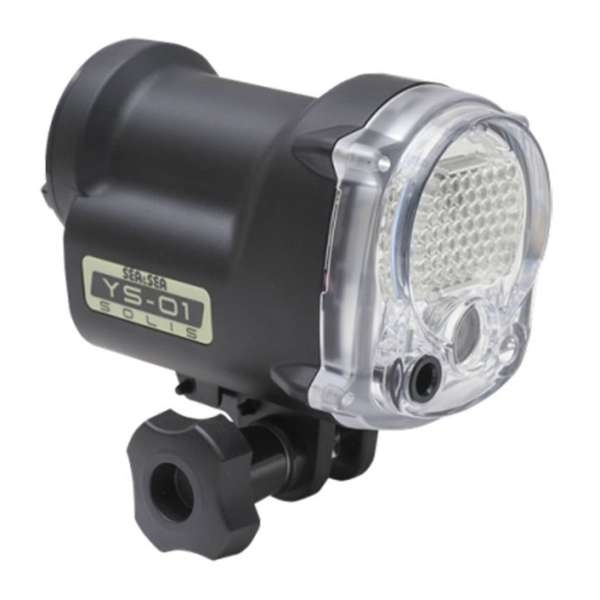 Sea & Sea YS-01 SOLIS Strobe head
Sea & Sea YS-01 SOLIS Strobe head
- Price A$ 739.00
-
 SeaLife Micro 3.0 Underwater Camera 64GB - Limited Edition Explorer Gift Set includes 2300F Sea Dragon light for FREE
SeaLife Micro 3.0 Underwater Camera 64GB - Limited Edition Explorer Gift Set includes 2300F Sea Dragon light for FREE
- Price A$ 1,049.00
-
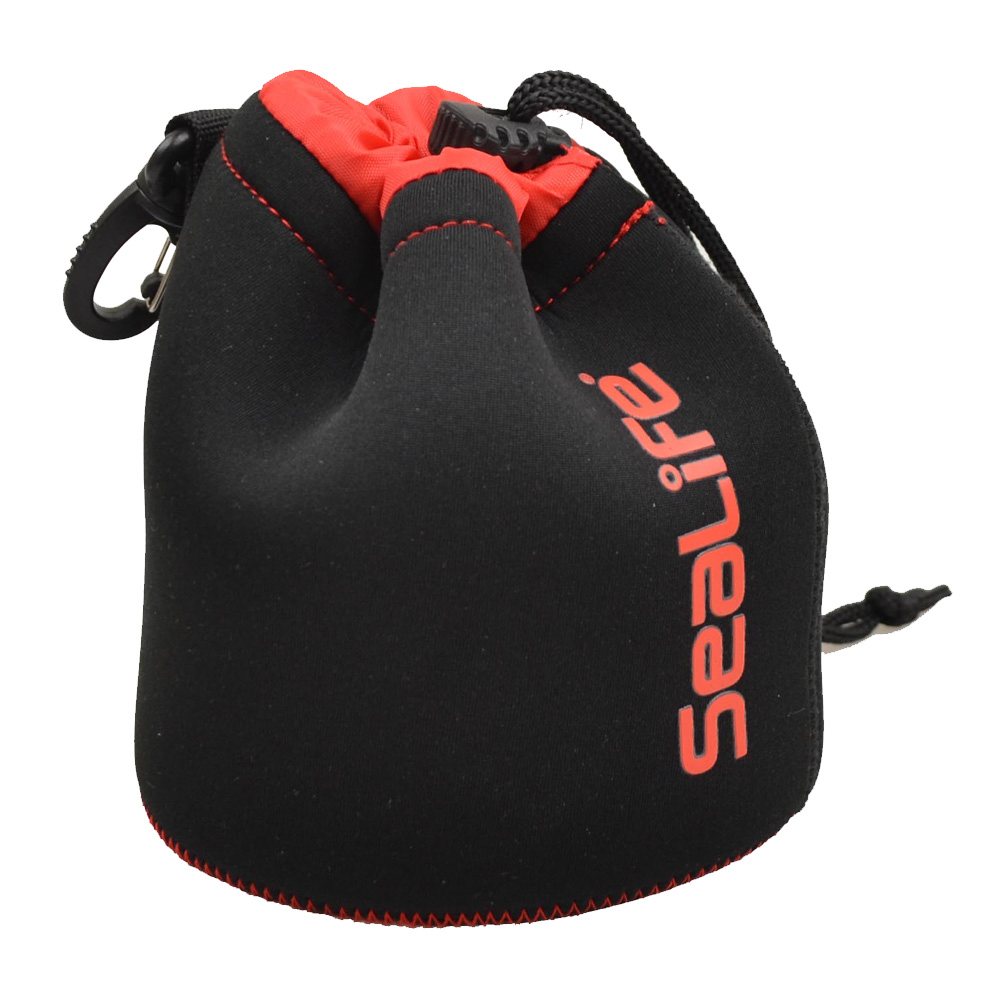 SeaLife Protective Gear Pouch
SeaLife Protective Gear Pouch
- Price A$ 34.95
In the Directory




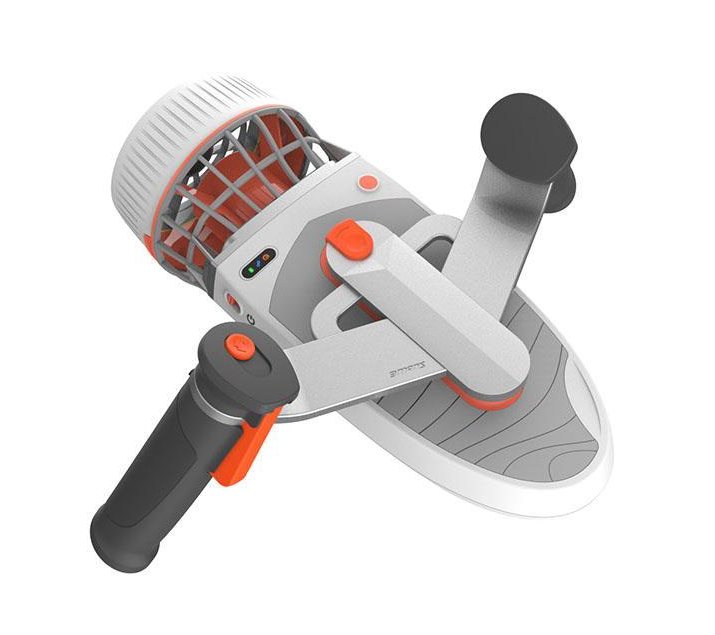

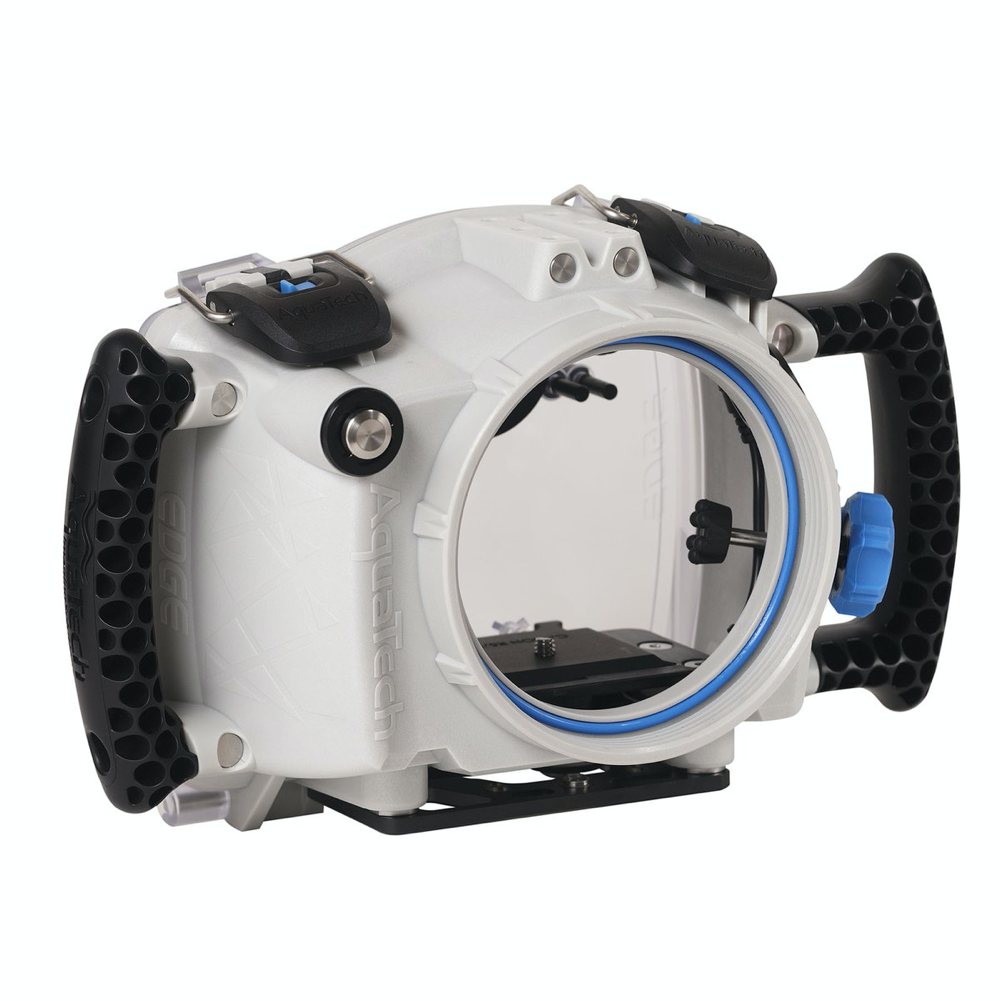

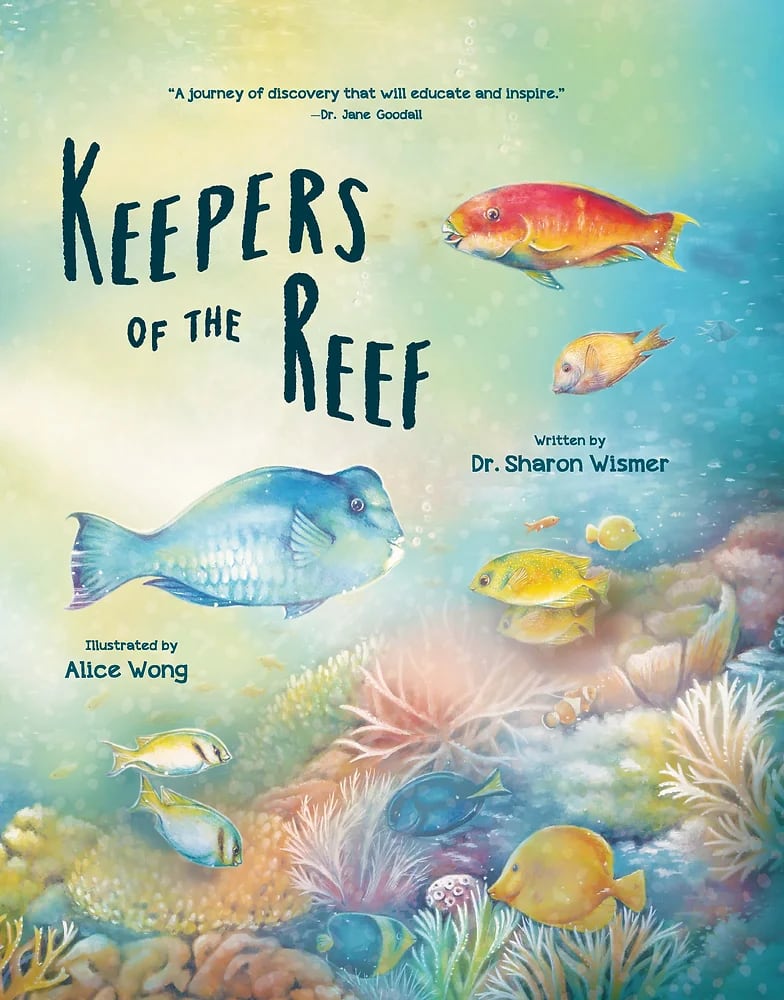




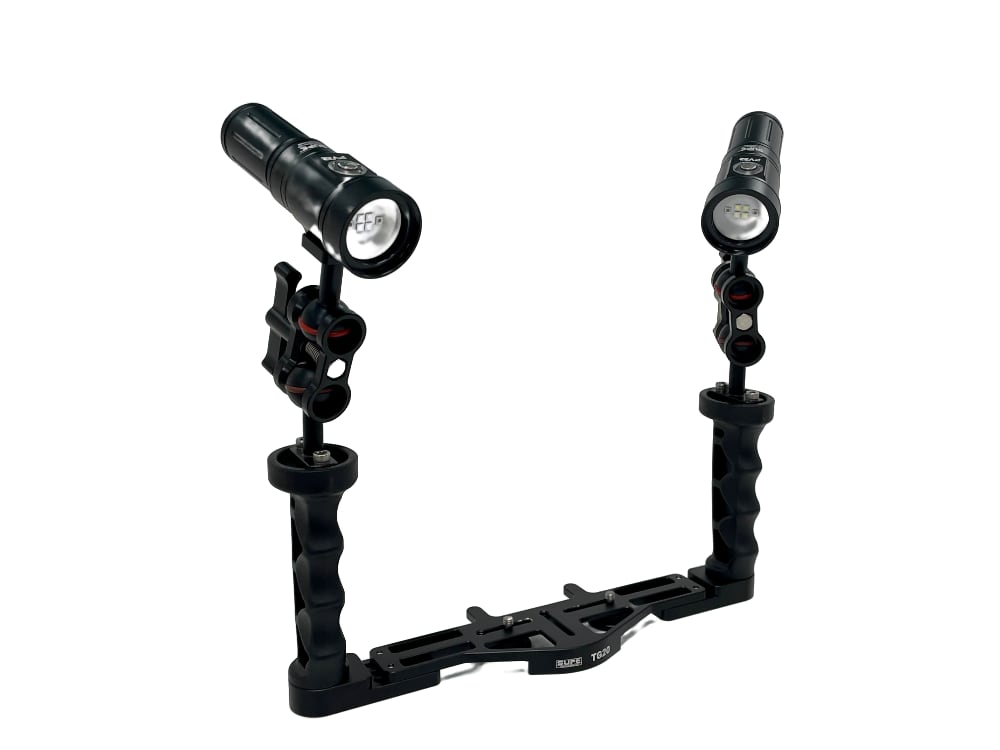 Video Light Package with tray and arms - 4000 lumens - Scubalamp PV22 x 2
Video Light Package with tray and arms - 4000 lumens - Scubalamp PV22 x 2 


